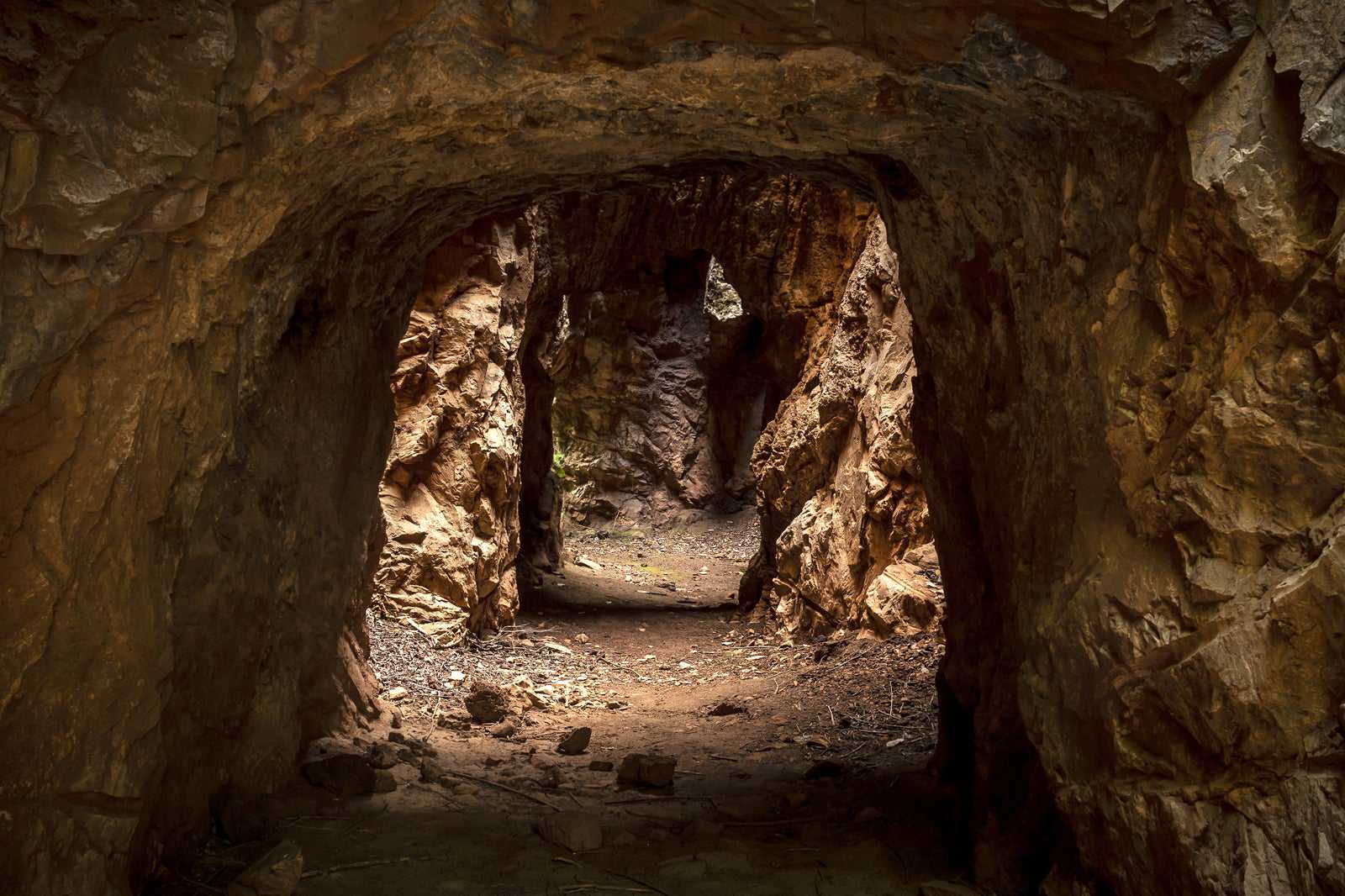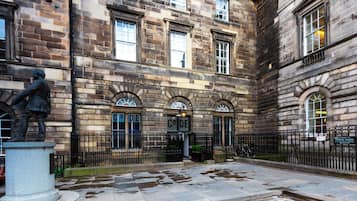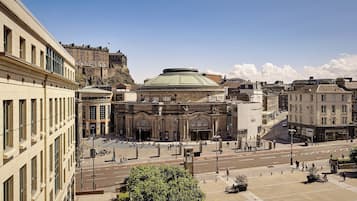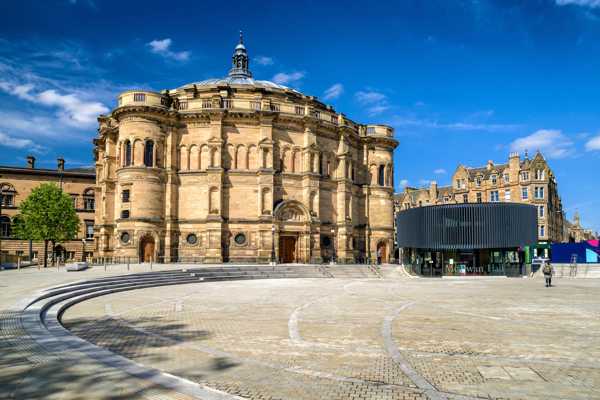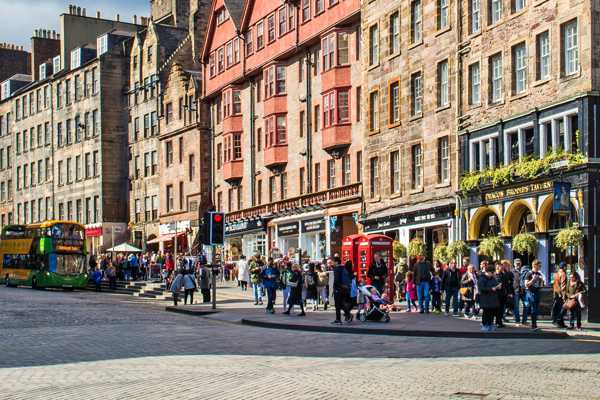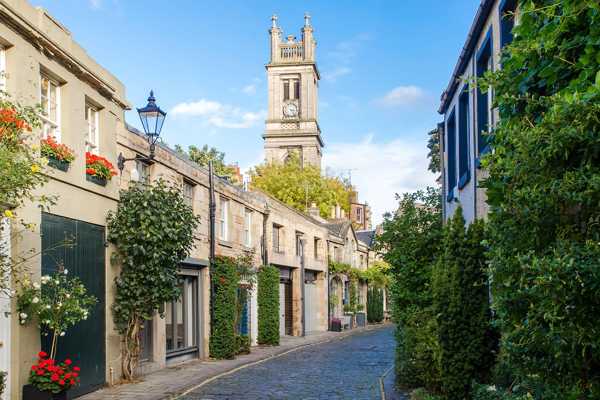Gilmerton Cove offers visitors to Edinburgh the opportunity to walk hand-hewn chambers and passages and explore one of the most mysterious underworld places in the history of the city. These underground rooms and hallways were hand-carved from sandstone under the streets of a former mining town and current Edinburgh suburb of Gilmerton. The Cove was restored and reopened in 2003 as both an educational resource and a place for visitors to explore.
These tunnels, passageways, rooms and oubliettes offer visitors a chance to walk through the mysterious past of Edinburgh. Nobody knows why they were built or what they were for. One of the earliest references has a local blacksmith arrested for violation of blue laws regarding the consumption of alcohol on the sabbath in the tunnels. As late as 2017, it was discovered that the underground complex is even larger than expected.
Gilmerton Cove in Edinburgh - one of the highlights of 11 Things to Do Off the Beaten Track in Edinburgh (Read all about Edinburgh here)
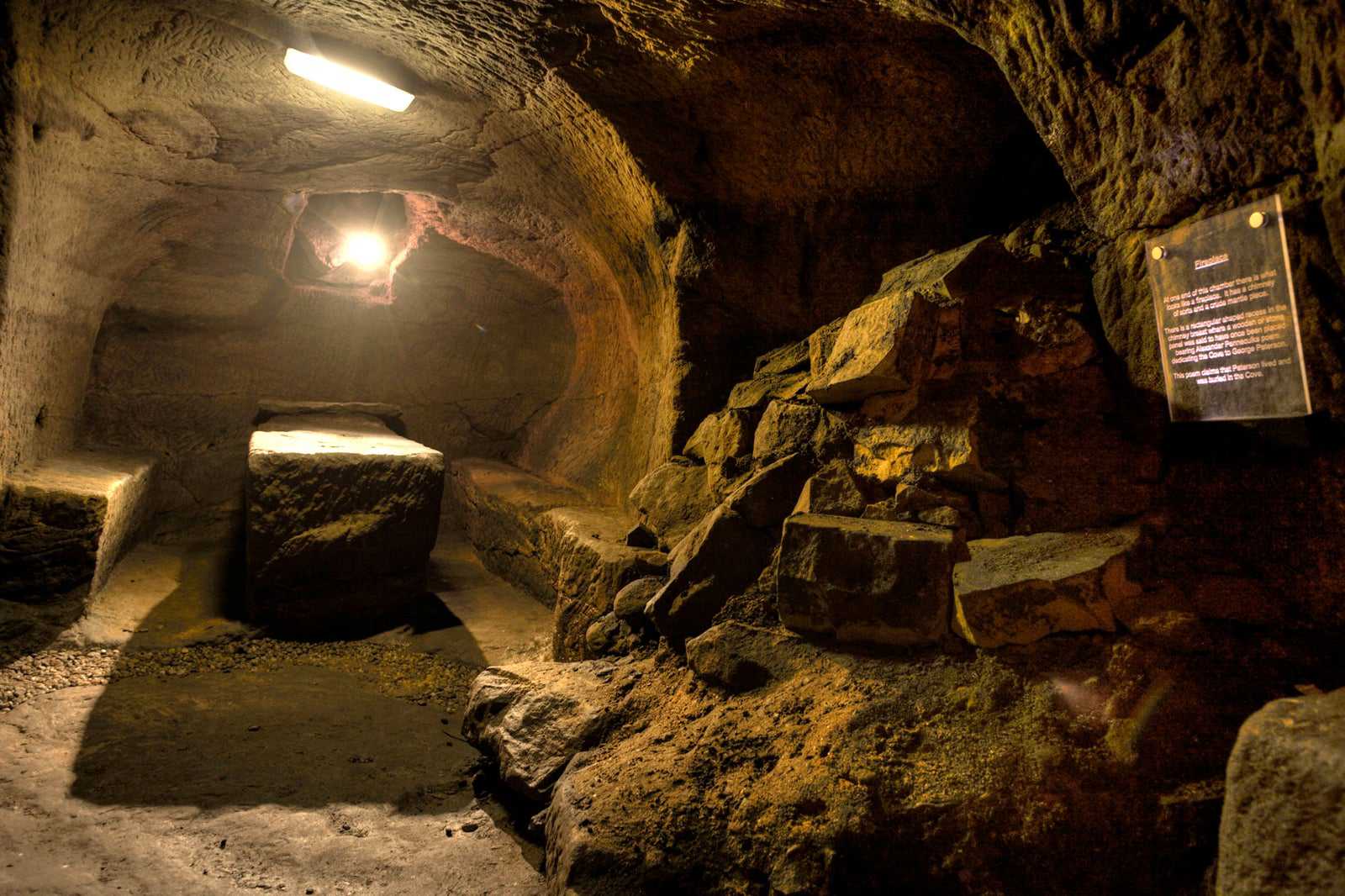
foto door John Dale (CC BY-SA 2.0) bewerkt
Highlights and features of Gilmerton Cove
The main attraction for Gilmerton Cove is the archaeological wonder that the chambers and passages represent themselves. Nobody knows who made them, but they were certainly carved out by hand from bedrock sandstone beneath the city. Currently open to the public are 7 different rooms that contain full furniture like tables and chairs, also carved from the bedrock sandstone, reachable by hand-carved stone stairways that descend into the underworld darkness.
In addition to tables and chairs, the tunnels showcase a water well, a fireplace and a blacksmith's forge. That doesn't account for the remaining backfilled tunnels rediscovered in the past few years, which are still waiting to be opened and explored. The caves may even be twice as large than is currently known. Theories about the age of the tunnels put them in a range from 300 to 2,000 years old.
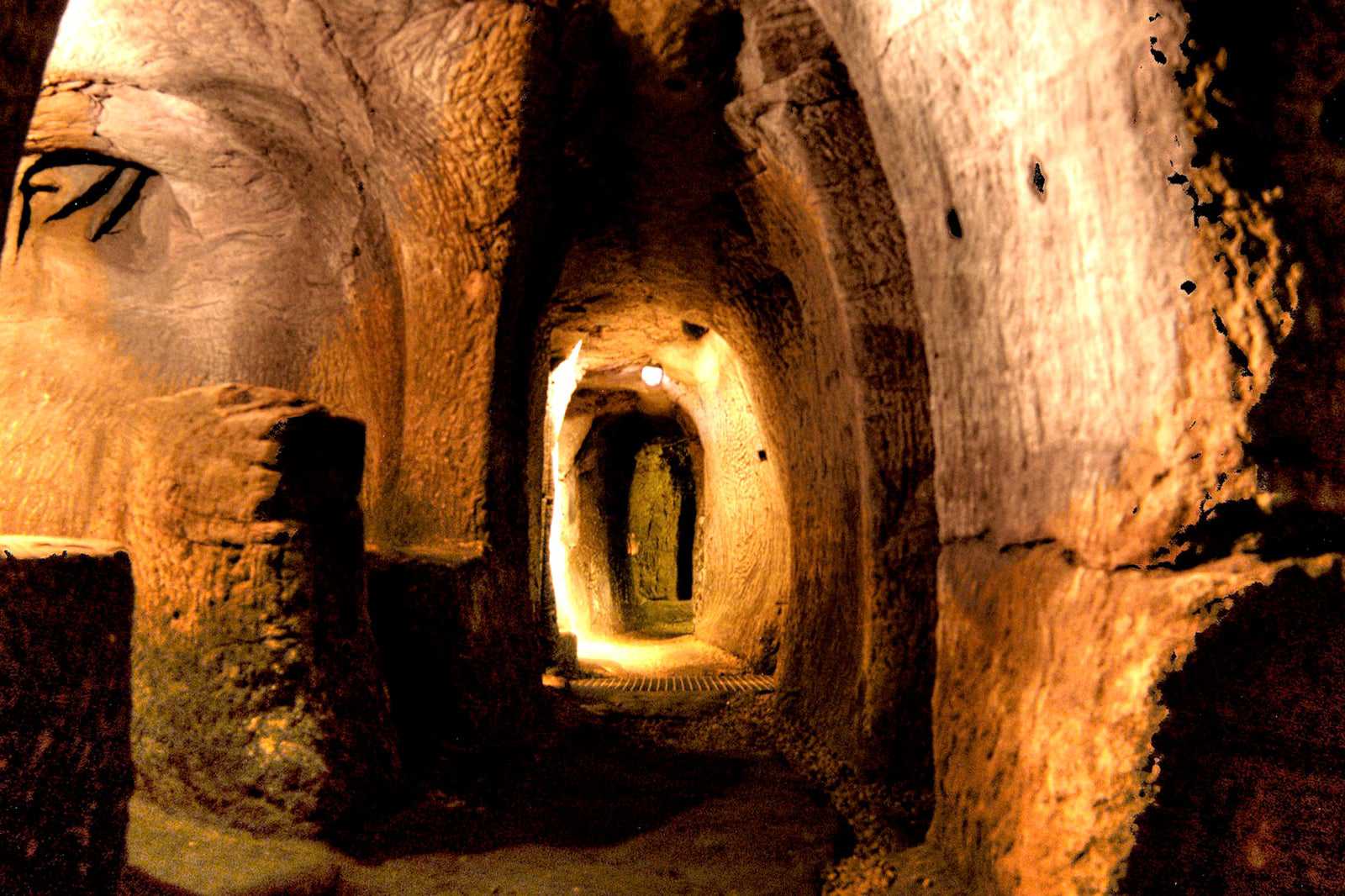
foto door John Dale (CC BY-SA 2.0) bewerkt
Theories about the Gilmerton Cove
The history of Gilmerton Cove is a complete mystery, but theories abound regarding its purpose and nature. It is known that an 18th-century blacksmith, George Paterson, was arrested for allowing people to consume alcohol in the tunnels during the sabbath. The tunnels are attested in a 1769 writing by Thomas Pennant, who theorised that the caves were a refuge for 'ancient inhabitants'.
Some of the most sinister theories claim that the tunnels were a connecting branch between safe houses of a nearby Hellfire Club, a secret society of high-ranking nobles who practised sedition, hedonism and heathenry under the noses of polite society. Other, less-sinister theories indicate that the cove was a place for the gentry to discreetly enjoy libations in a time when the practice wasn’t legal. It was believed that they were a sort of hideaway for religious refugees or that they were a smuggler's cove.
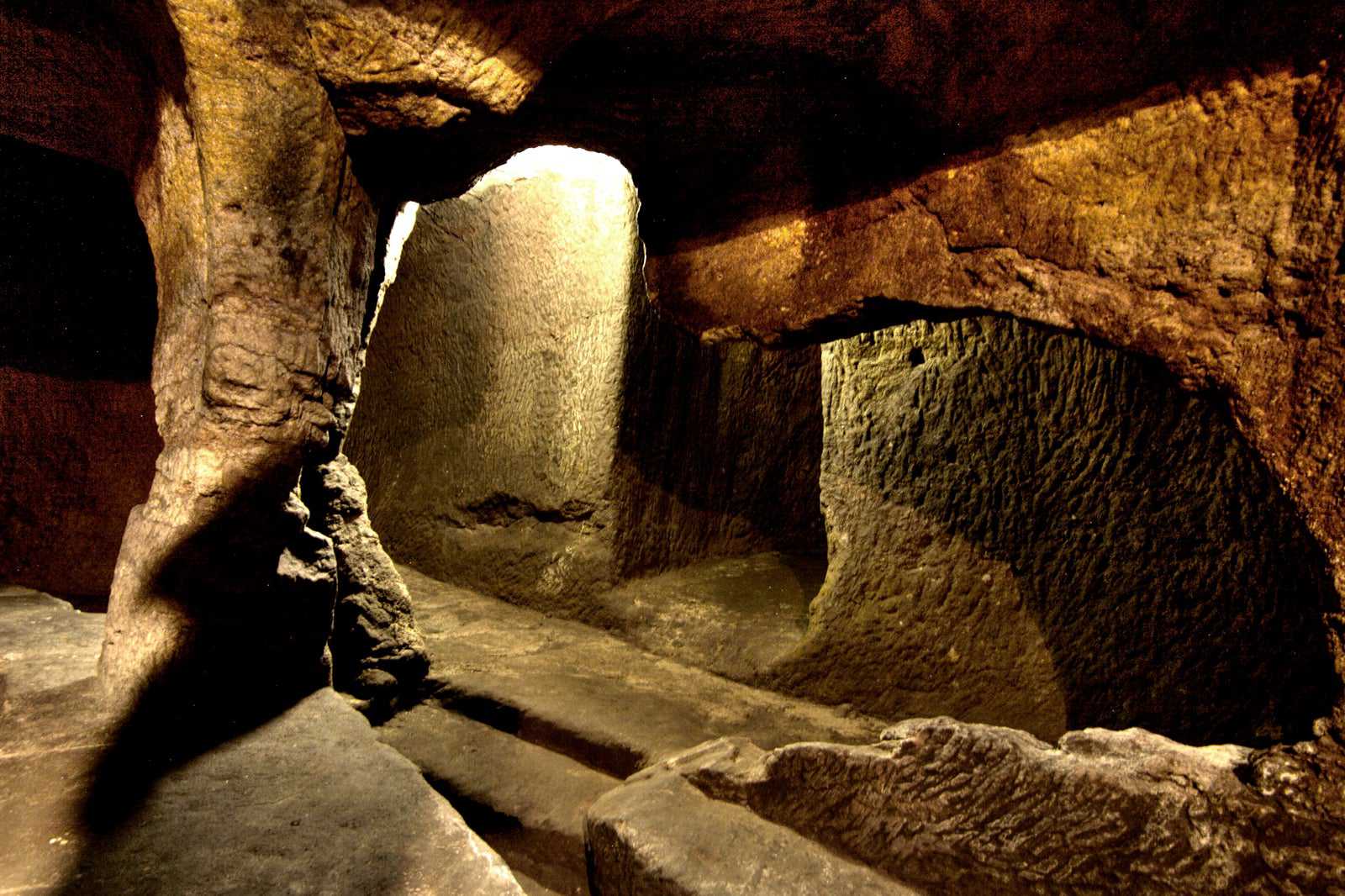
foto door John Dale (CC BY-SA 2.0) bewerkt
Good to know about Gilmerton Cove
Gilmerton Cove is accessible by a bus from Edinburgh's city centre, dropping you off just across the street. You need to book a tour to enter the tunnels, as they are not open to the general public without a tour guide. This is for the safety of visitors and to protect the integrity of the site. On the tour, wear comfortable shoes that are good for walking on uneven surfaces. Tours last around 1 hour.
The ceilings can be low in some places, but tour guides provide hardhats and helmets to protect you from banging your head on the rock. The caves are small and somewhat cramped, so dogs are not permitted. Because entry to the cove requires descending a narrow set of hand-carved stone steps, those with mobility problems may wish to give this attraction a pass.
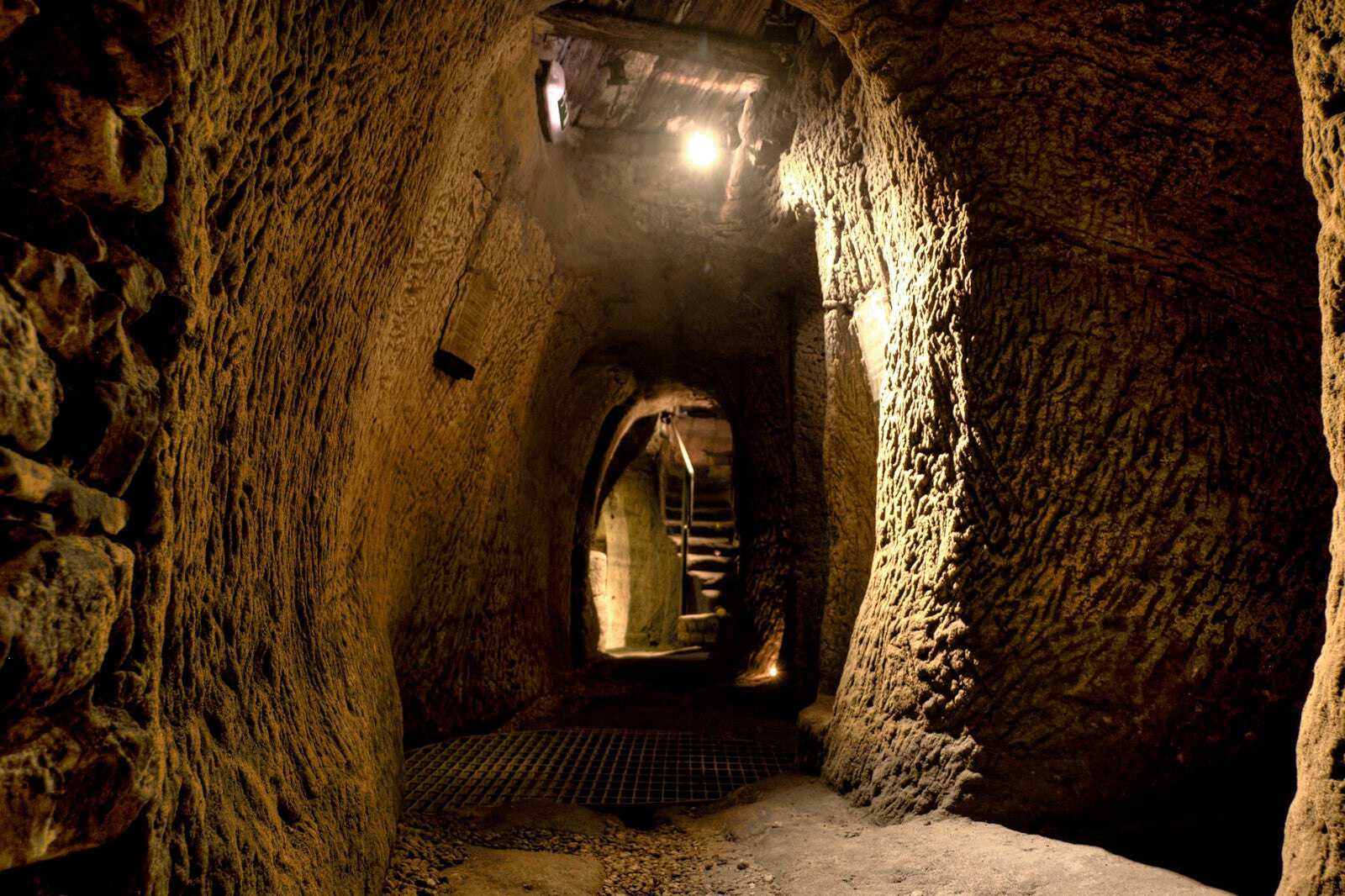
foto door John Dale (CC BY-SA 2.0) bewerkt
Gilmerton Cove in Edinburgh
Locatie: 16 Drum St, Gilmerton, Edinburgh EH17 8QH, UK
Telefoonnummer: +44 (0)7914 829177
